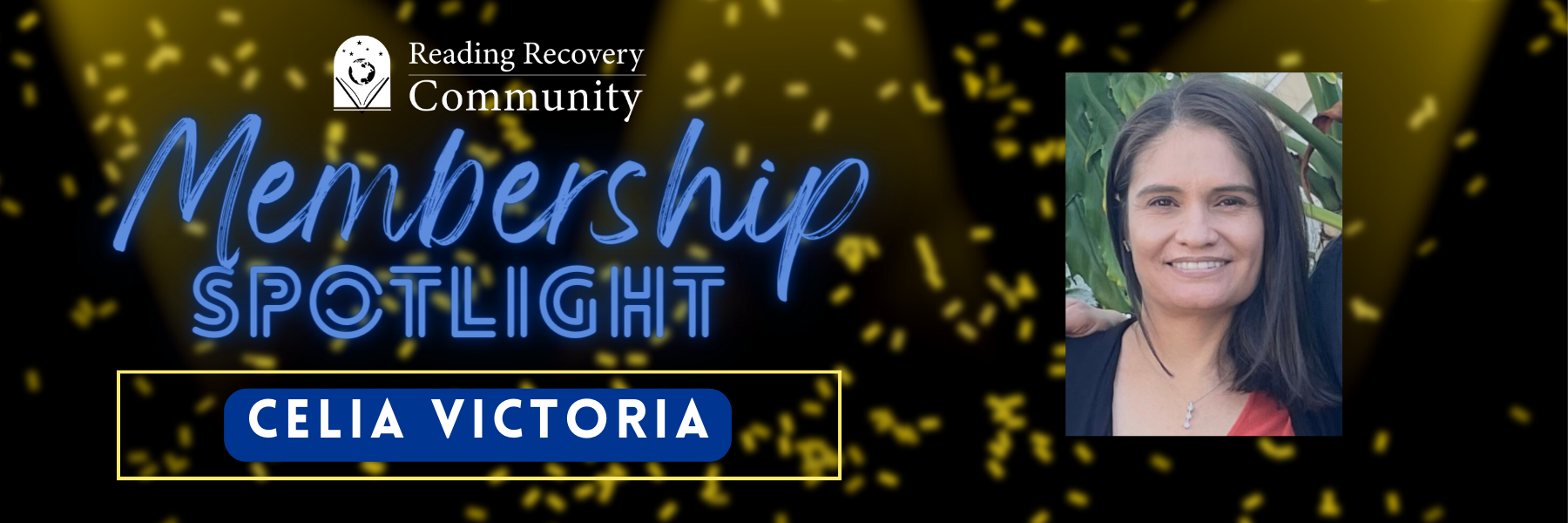RRCNA Membership Spotlight: Leslee Valencia
Learn about your colleagues from across the country who do whatever it takes as part of the Reading Recovery Community!
What is your favorite thing about Reading Recovery?
If I had to pick one thing that I enjoy most about Reading Recovery, it would be growth. Growth for students in addition to growth for me as a learner. Through planned lessons, followed by analysis and reflection of lessons, we begin to see changes in reading and writing. My students end their lesson series differently but all on a more solid foundation which aids them in becoming more capable readers and writers.
My own professional growth has truly been changed for the better because of the behind the glass sessions both as a participant and observer. I am continuously attempting to integrate theory, and learning by doing as well as by watching the teaching moves of others. The network of support is also amazing both with my immediate colleagues and the Reading Recovery network as a whole. I can watch MaryAnn McBride or Pam Grayson model or discuss a topic and then after reflection see how and when I can use it during my own teaching.
Share a favorite Reading Recovery memory.
A few years ago we invited students who had participated in Reading Recovery to attend a school board meeting to showcase program highlights. Students had an opportunity to be recognized for their participation in the program. They also had the opportunity to read to a board member. Students and parents/guardians felt so proud that night! I was amazing, one parent in particular spoke before the board about attending a Behind the Glass in which her child was doing a lesson with her Reading Recovery Teacher. The mom commented to the board about the level of commitment of the Reading Recovery team as well as the expertise that the individuals have and share with others (the teacher who is behind the glass as well as others watching/learning from the lesson).
What is your favorite book?
Choice Words by Peter Johnston
What do you like to do for fun?

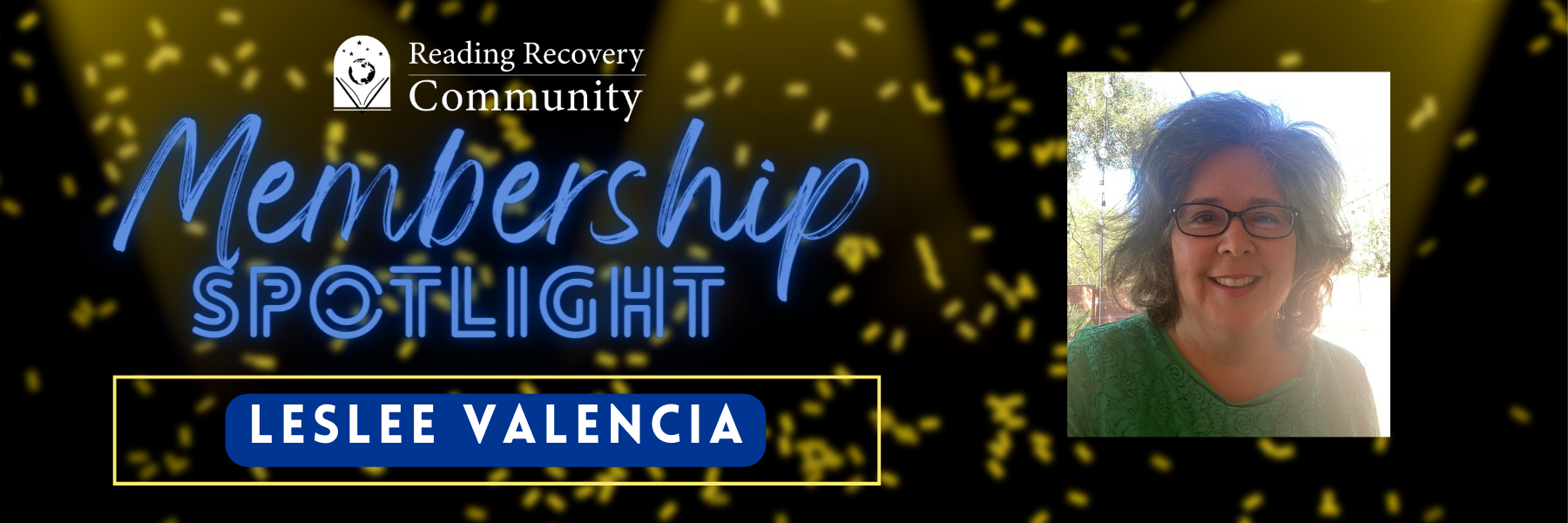


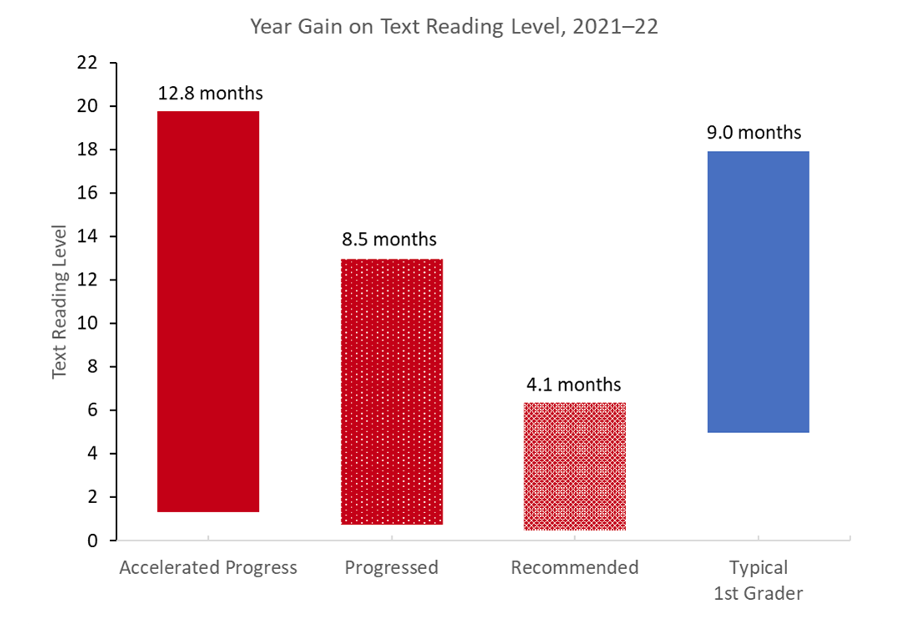
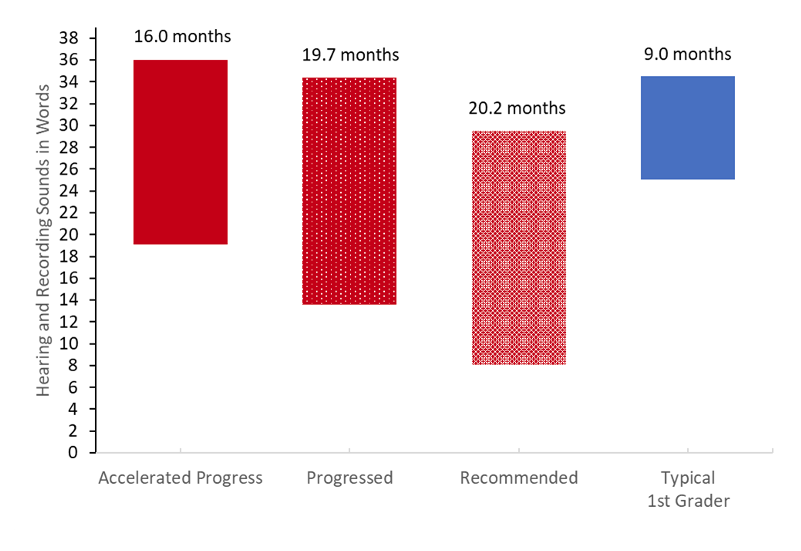

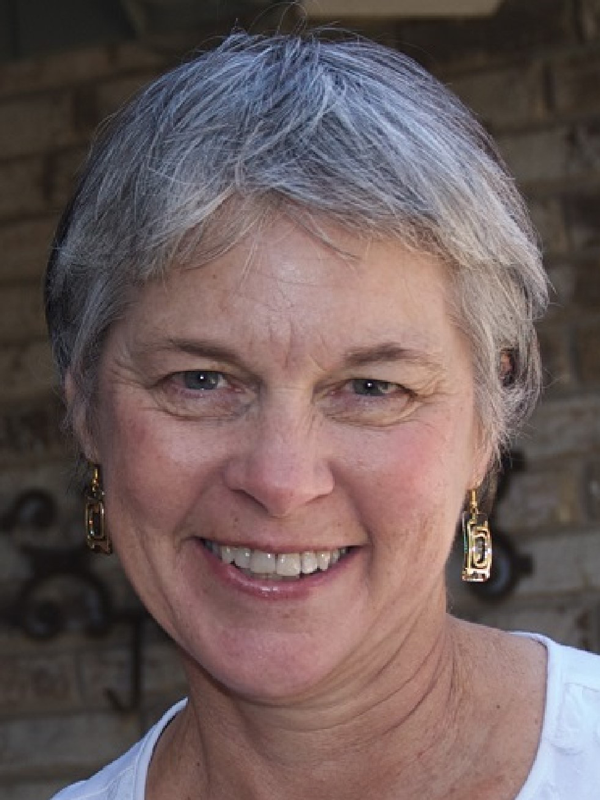
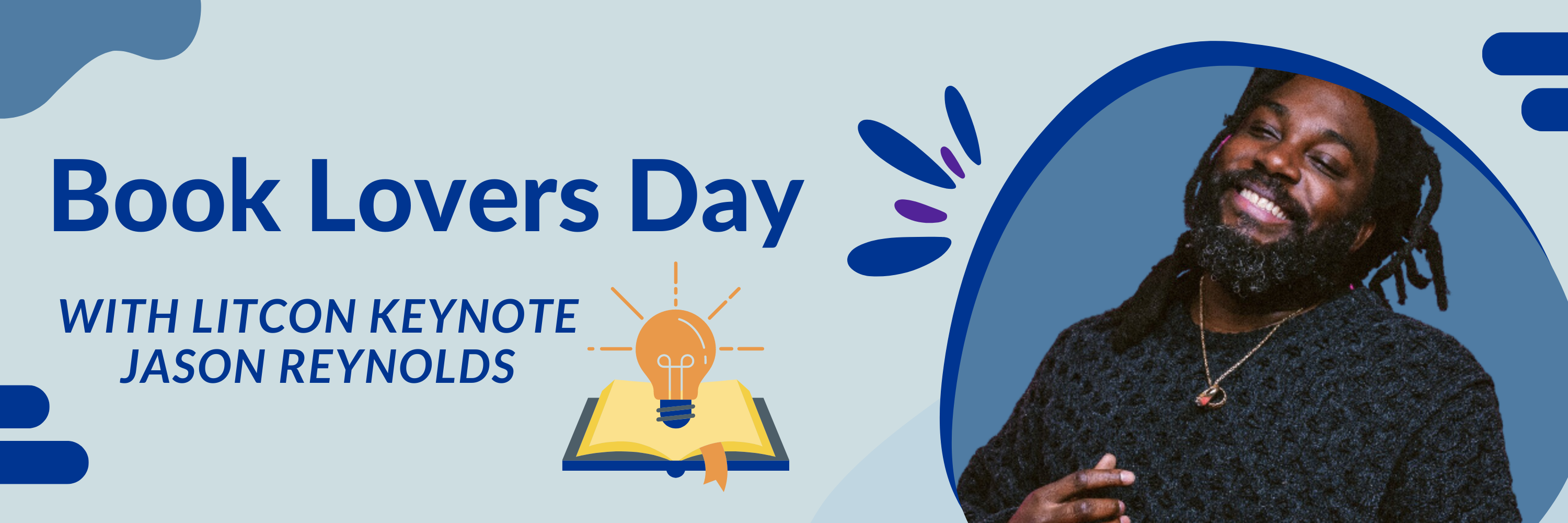
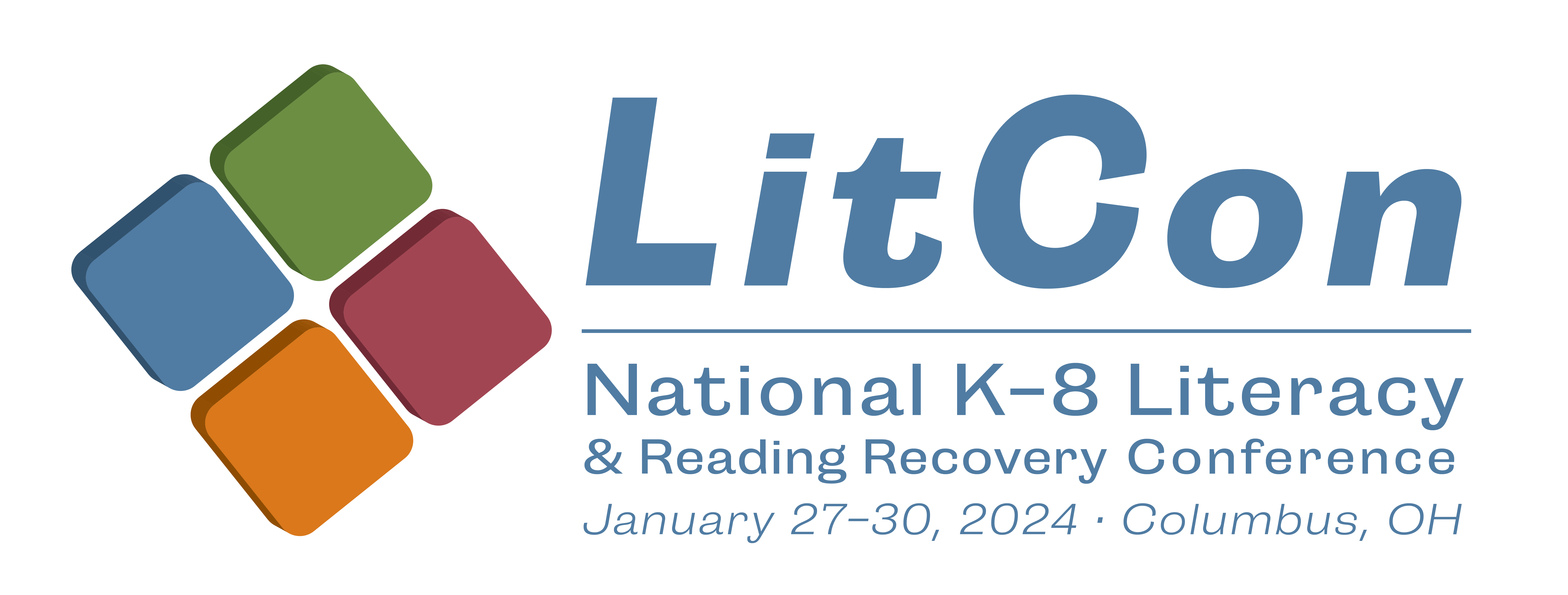

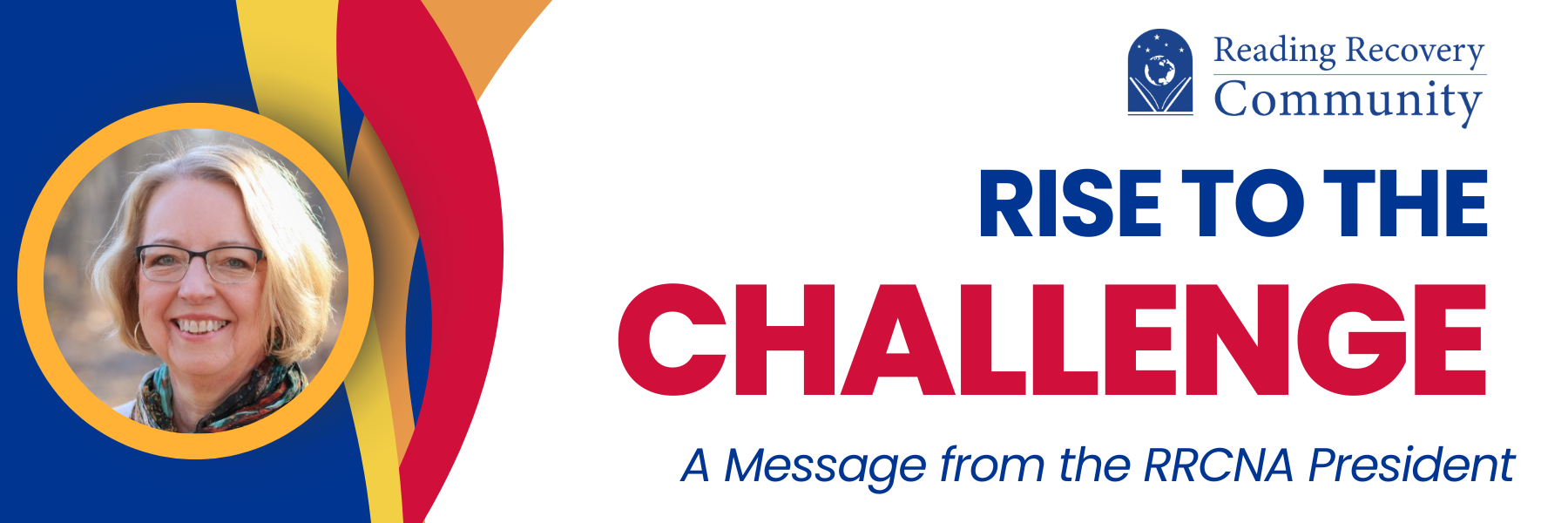
 Debra Rich is a Reading Recovery Trainer, Comprehensive Literacy Model Trainer, Comprehensive Intervention Model Trainer, and Assistant Director of the Comprehensive Literacy Center at Saint Mary’s College of California. She currently serves as the President of the Reading Recovery Council of North America, is a member of the Reading Recovery Executive Council, and is on the leadership committee for LitCon. Deb is a member of the Iowa Association of Area Education Agencies (IAAEA) Executive Board of Directors and is President of the Central Rivers (Iowa) Area Education Agency Board of Directors which provides educational services to 53 public and 18 non-public school districts in north-central Iowa. Deb has served as a building principal and held central office roles in multiple districts as a K-6 language arts coordinator and a K-12 curriculum director. She has been a regional K-12 literacy consultant, Reading Recovery, and classroom teacher. Deb is committed to equity and inclusion and actively advocates for access to literacy as a fundamental right for all children.
Debra Rich is a Reading Recovery Trainer, Comprehensive Literacy Model Trainer, Comprehensive Intervention Model Trainer, and Assistant Director of the Comprehensive Literacy Center at Saint Mary’s College of California. She currently serves as the President of the Reading Recovery Council of North America, is a member of the Reading Recovery Executive Council, and is on the leadership committee for LitCon. Deb is a member of the Iowa Association of Area Education Agencies (IAAEA) Executive Board of Directors and is President of the Central Rivers (Iowa) Area Education Agency Board of Directors which provides educational services to 53 public and 18 non-public school districts in north-central Iowa. Deb has served as a building principal and held central office roles in multiple districts as a K-6 language arts coordinator and a K-12 curriculum director. She has been a regional K-12 literacy consultant, Reading Recovery, and classroom teacher. Deb is committed to equity and inclusion and actively advocates for access to literacy as a fundamental right for all children.